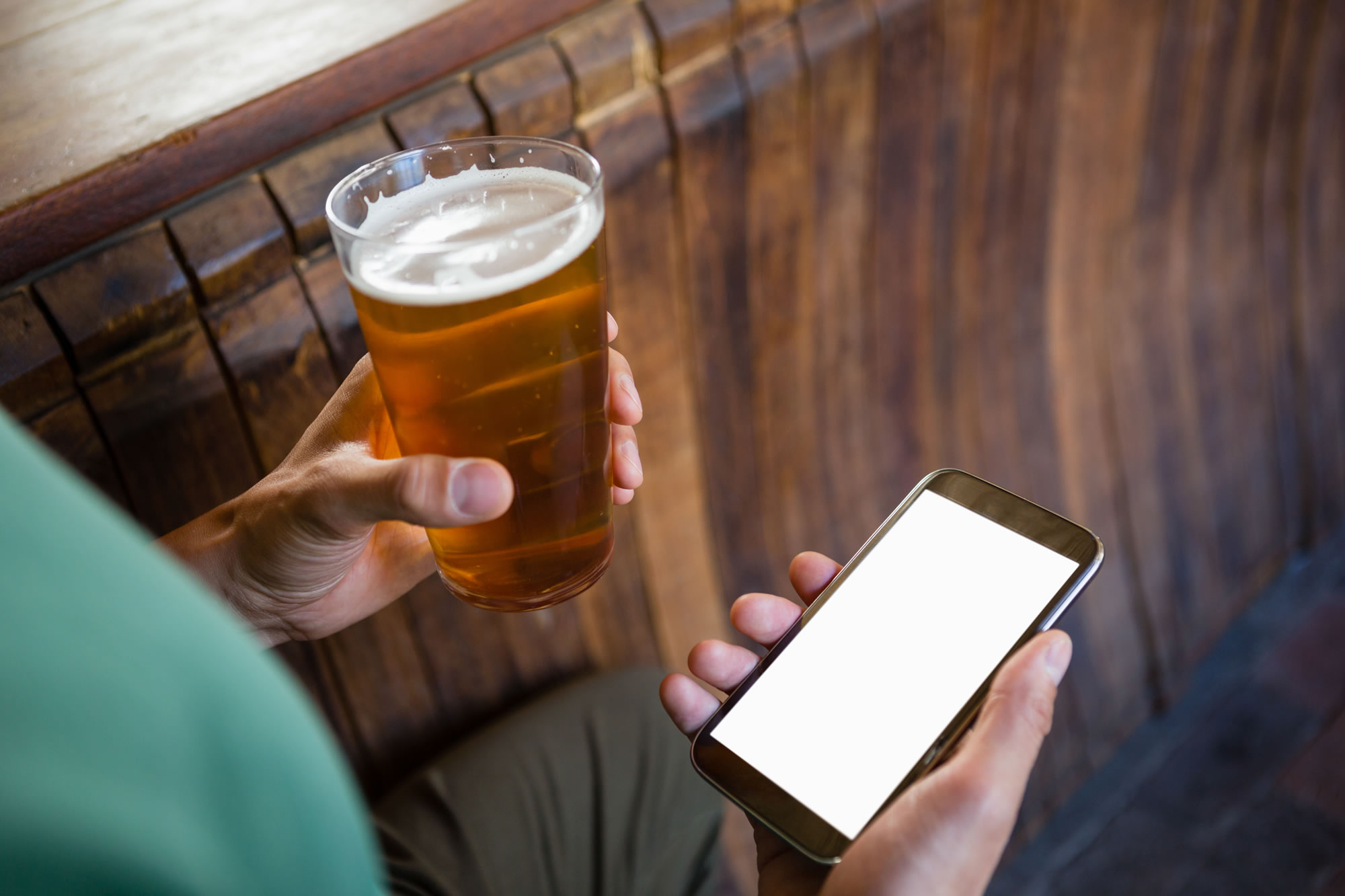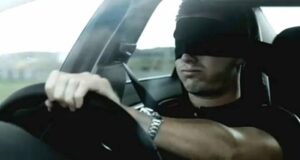There are two things you should never mix with driving: drinking and your cell phone. But is it possible that your phone can actually help eliminate the risks of drinking and driving? There is an app for that! And a few other ways that technology can prevent you from driving while impaired.
In Canada, drivers are criminally impaired if they have more than 80 milligrams of alcohol per 100 millilitres of blood in their system – or .08% Blood Alcohol Concentration (BAC). Yet in the five years between 2008 and 2012, police across the country reported 793 incidents of impaired driving causing death.
According to section 253(1) of the Criminal Code of Canada, drivers can also be charged with a criminal offence even without proof that their BAC exceeds .08% if their ability to operate the vehicle is impaired by alcohol or drugs.
Education, awareness, and strict penalties are part of the solution. And now, so is technology. Here are a few tech tools that help to fight the problem.
SaferRide App
A very simple app is SaferRide, developed by the National Highway Traffic Safety Administration (NHTSA) in the US. It works in Canada, too, so if you’ve had a drink and need help getting home, SaferRide is there. The app helps locate taxis, contact friends, and even locate where you are (just in case it gets to that point).
BACtrack Devices
For a more advanced tech solution, BACtrack sells an array of personal breathalyzer devices. The BACtrack Vio and BACtrack Mobile Pro offer a plugin device that works with your smartphone. The attachment and the app will let you know if you’re pushing the legal limit. Prices range between US$50 and US$100. BACtrack also produces breathalyzer-specific devices.
Driver Alcohol Detection Systems
There are technologies to prevent a car from starting if the driver is impaired. In BC, Alberta, Ontario, Quebec and all 50 US states, there are programs in place to install interlock devices in cars for those previously convicted of DUI offences – the car won’t start if they blow over the limit.
For everyday use, though, blowing into a tube to start the car is too much work. That’s why the Driver Alcohol Detection System for Safety (DADSS) organization is exploring types of driving technologies that could be installed in future cars. One is a breath-based system that uses sensors to measure alcohol on your breath and the other is a touch system that puts drunk driving prevention at your fingertips.
For more information
- It’s time for automatic alcohol sensors in every car, Driving.ca
- Technology our last hope in fight against drunk driving, Toronto Star
- MADD Canada predicts new technology will virtually end drunk driving, News1130
- The Human Cost of Impaired Driving in Canada, Department of Justice, Canada







